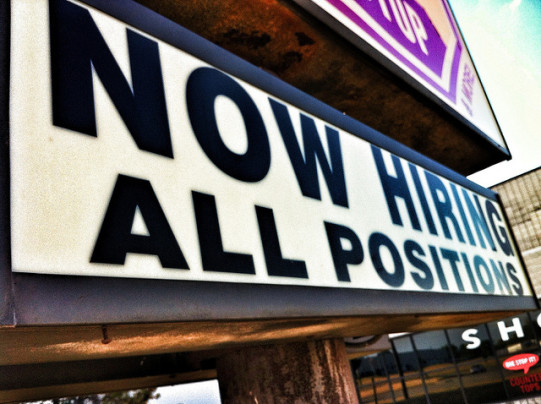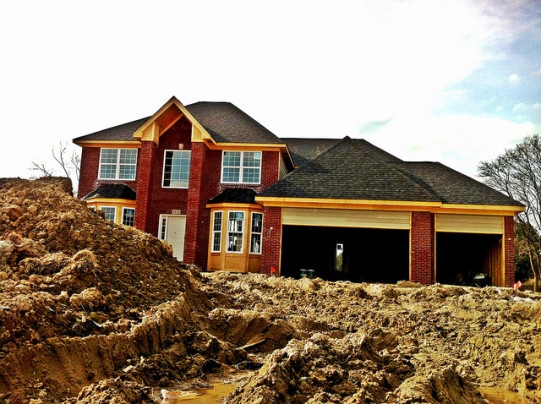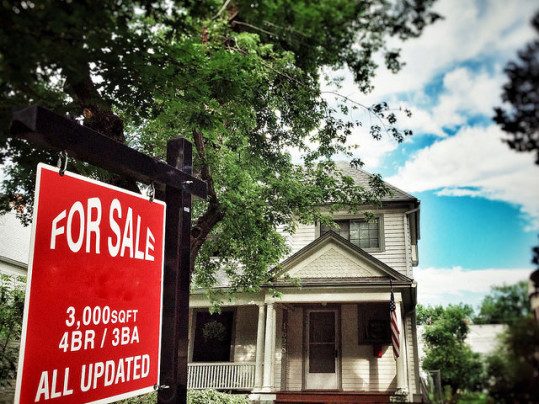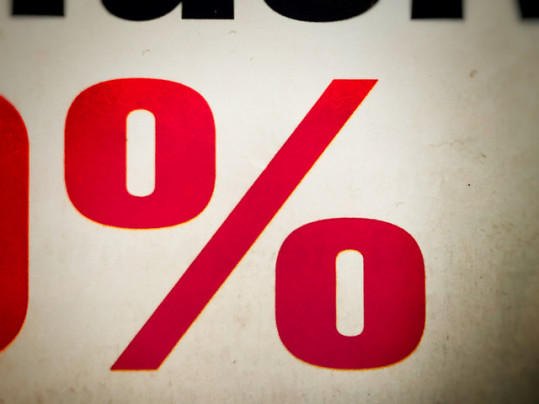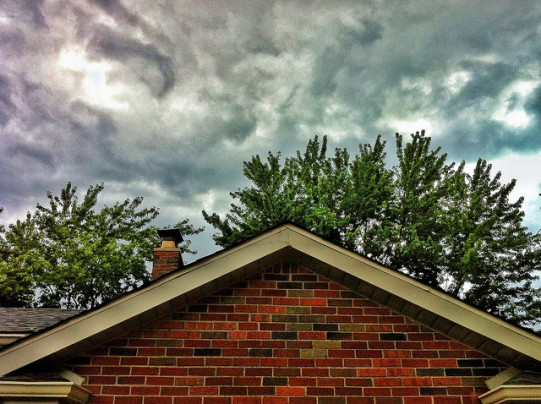There are a lot of different factors that play a role in determining whether or not you can buy a house and how much house you should buy. Current mortgage rates, home prices, your personal debt, income, and financial situation can all factor into your decision. That means, calculating whether or not now is the right time for you to pursue homeownership requires thinking a little bit about each. For example, home buyer demand remains elevated despite reports of affordability challenges in markets across the country. Why is that? Well one explanation is that a stronger job market has helped Americans feel more secure in their financial situation, which has made them willing to take on the commitments that come with buying a house and becoming a homeowner even with recent price and rate increases. In fact, according to one recent survey, the number of Americans who want to buy was up nearly 5 percent in January – which is typically a slow month for home sales. In other words, Americans feel more confident in their jobs and it’s fueling enthusiasm for buying a house. More here.
Archive for February 2018
New Home Inventory Reaches 9-Year High
The number of new homes for sale is an important barometer for the housing market. That’s because, new homes are the fastest way to add inventory to the market. And, because inventory shortages are currently pushing home prices upward, the number of new homes available for sale has become an important number for potential buyers and sellers to watch. According to one measure – the U.S. Census Bureau and Department of Housing and Urban Development’s Monthly New Residential Sales report – the number of new homes on the market is now at its highest level since March 2009, after rising 2.4 percent in January. This is good news, as it indicates home builders are beginning to build more homes. However, though encouraging, the inventory of new homes for sale is still well below its peak and, because the new homes that are being built are generally higher priced and out of the range of many first-time home buyers, there’s still a need for smaller, more affordable homes that can satisfy the growing demand from younger buyers. More here.
Number Of Showings Up Over Last Year
If you want an accurate read of how many interested home buyers are active in the housing market right now, you can’t do much better than a measure of appointments to view available homes. The number of showings potential buyers set up provides a pretty good snapshot of how much demand there is from qualified buyers. And, according to ShowingTime’s Showing Index – which tracks appointments to view homes – there’s a lot. “Showing activity continued to increase overall as we moved into 2018, with several markets outpacing the National Index,” ShowingTime’s chief analytics officer, Danii Cherkasskiy, said. “Some areas in the South region saw relative increases in showing activity in January, compensating for the slowdowns experienced in the fourth quarter due to Hurricane Irma.” Overall, showings were up 5.2 percent year-over-year in January – a good indication that buyer demand will remain elevated this year. Among the reasons prospective home buyers are active right now, still-low mortgage rates, a stronger job market, and growing economic stability top the list. More here.
Home Sales Cool Before Spring Season Heats Up
According to the National Association of Realtors, sales of existing homes fell 3.2 percent in January and are now at their slowest pace since last September. This isn’t all that surprising, considering home sales tend to slow during the winter. However, there are a few things to watch in the weeks ahead. For one, the number of homes available for sale. Low inventory is often named as the main issue holding home sales back, but according to NAR’s chief economist, Lawrence Yun, there’s reason for optimism. “There’s hope that the tide is finally turning,” Yun said. “There was a nice jump in new home construction in January and homebuilder confidence is high. These two factors will hopefully lay the foundation for the building industry to meaningfully ramp up production as this year progresses.” This, and a 4.1 percent jump in the number of existing homes available for sale by the end of January, hint at boosted inventory levels this year. If true, that would help dampen price increases and bring some relief to areas where affordability conditions have begun to decline. More here.
Rising Mortgage Rates A Sign Of A Stronger Economy
For many years following the financial crisis, interest rates hovered near historic lows. Partly, this was because keeping rates low was a way to encourage investment in the economy. However, as the economy grew stronger, the expectation has always been that rates would begin to rise. And, now that economic fundamentals are stronger, rates have indeed pushed upward. Some evidence of this can be seen in the most recent mortgage application survey from the Mortgage Bankers Association. According to their weekly look at rates and application demand, mortgage rates were up again last week and are now at a four-year high. Mike Fratantoni, MBA’s chief economist, said the increase is a reaction to strengthening economic factors. “The drumbeat continues,” Fratantoni told CNBC. “Inflation is increasing, as are deficits, and the economy and job market continue to look strong, and rates are higher as a result.” Still, despite recent increases, mortgage rates remain well below what is considered normal by historical standards. Additionally, though rates are higher than they were last year at this time, demand for loans to buy homes is still 3 percent higher than at the same point one year ago. More here.
Owners Of Smaller Homes Seeing The Biggest Gains
Smaller, affordable homes are in high demand these days. With a growing number of first-time home buyers entering the market and a lower-than-normal number of entry-level homes available for sale, there is a lot of competition for good, affordable homes among younger buyers. Because of this, owners of smaller homes are seeing big equity gains when compared to homeowners at the higher end of the market. Zillow senior economist, Aaron Terrazas, says there are a couple of reasons for this. “When the housing market crashed, owners of the least valuable homes were especially hard hit, and lost more home value than homeowners at the upper end of the market,” Terrazas says. “Since then, though, demand for less expensive, entry-level homes has built steadily, causing prices to grow rapidly. As a result, these homeowners have been able to build wealth at a faster pace than owners of more expensive homes.” In fact, according to recent research, people who own starter homes have seen their equity grow by nearly 45 percent over the past five years, while high-end homeowners saw gains closer to 27 percent. More here.
Conditions Are Ripe For Spring Home Buyers
As the spring home buying season approaches, there are many moving parts analysts and experts look at to determine how home buyers and sellers might fare. Economic growth, the job market, interest rates, home prices, buyer demand, and inventory are just some of the factors that will determine how many hopeful home buyers find new homes this year. According to one outlook – from Fannie Mae’s Economic and Strategic Research Group – conditions are good for buyers, except for one specific, long-standing obstacle. “We don’t expect rates to play much of a role in total home sales, especially with anticipated stronger disposable household income growth,” Doug Duncan, Fannie Mae’s chief economist, said. “The ongoing inventory shortages should constrain sales despite otherwise ripe home buying conditions.” In other words, though mortgage rates may inch upward this year, so will household income. That leaves inventory as the main challenge to buyers this spring. With fewer homes for sale, there will be more competition and pressure on prices. More here.
